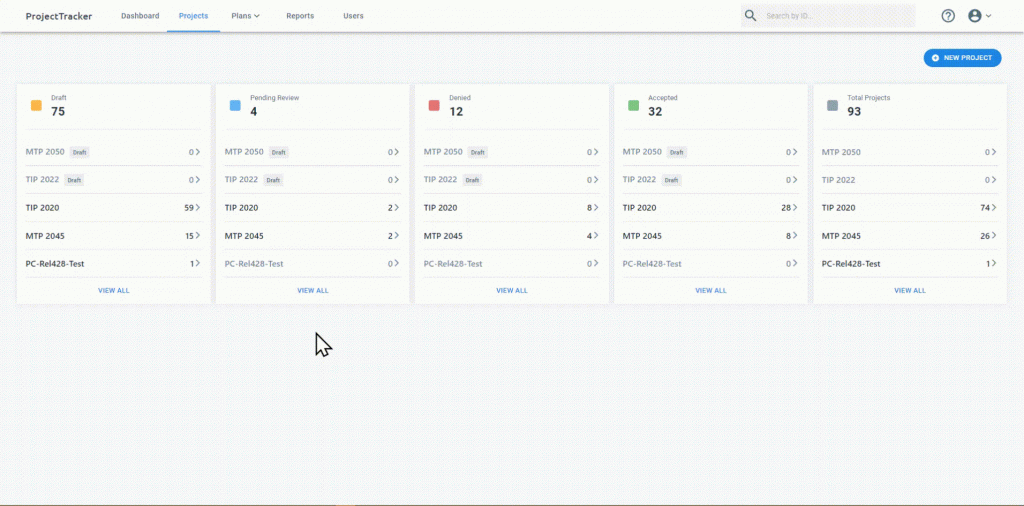When is a Local Transportation Priority a Regional Transportation Priority?

- 30th April 2021
Kristen Z, Transportation Planner
[<5 Minute Read]
At its heart, transportation planning is assessing needs and prioritizing responses to those needs. Metropolitan Planning Organizations (MPOs) grapple with defining “regional significance” to determine both needs and transportation infrastructure projects to respond to those needs. The term, “regional significance”, is specifically called out in federal legislation governing MPOs; it sets the “floor” for defining which roadway facilities must be included in metropolitan transportation planning. However, MPOs have tremendous discretion in defining “the ceiling” to the term. Some MPOs have adopted official definitions to define specifically what scale or type of project. These definitions often include functional classification criteria or cost criteria, and can include different definitions of “regional significance” for the different components of the system: highways, local streets, bicycle or pedestrian facilities, and the transit system.
If your transportation planning organization is considering defining “regional significance” for your region, here are some suggestions for you to consider:
- Common transportation issues: oftentimes, member communities share the same common transportation problems or desires, e.g.,
- Upgrading arterial streets to better serve developing or re-developing areas. This often occurs in newly developed suburban areas, where roads that were designed and built to rural standards need upgrades to meet urban arterial standards. It can also occur in re-developing areas, where complete streets were not in demand when the arterial or collector street was originally put in, but are in demand now.
- Investments in downtown, large or small. Downtowns serve as the geographic, economic (especially when analyzed on an area basis), and cultural hearts of communities. Downtowns are almost always the earliest developments in a city’s history i.e., are always in high need of infrastructure upgrades.
- Systems with the highest volumes of use: it is often reasoned that because the highway network serves the largest volumes of traffic, it should be the priority for investment. With the exception of privately operated toll highways, these systems are owned and operated by State Departments of Transportation (DOT) and are composed of the interstate system and state highway system. When highway projects rise to the top, it is an opportunity to partner with the State DOT to assess how highway projects that are important to the region align with the State’s priorities.
- Election results for transportation initiatives: perhaps voters have approved a transportation sales tax that has already defined the region’s priorities through a vote. These are often focused on expansion of one large project, for example – expanding the region’s transit system, or are multi-modal and multi-jurisdictional in nature. Either way, the voters have spoken and the projects on these initiatives can be considered high priorities for the region!
How does your planning organization help local communities determine which projects on the local system rise to priorities at the regional scale?
We asked, Mr. Viplava Putta, Director of Transportation Planning and Programs @ the Indian Nation Council of Governments (INCOG) in Tulsa, Oklahoma:

Director of Transportation Planning and Programs @ Indian Nation Council of Governments (INCOG) in Tulsa, Oklahoma
“Most communities are continuously evolving as they grow on a path that is unique to them. Each community has a list of roadway and active transportation projects that are part and parcel of a consensus, the Long-Range Regional Transportation Plan (LRTP) or Metropolitan Transportation Plan (MTP). Those projects are revised every five years based on the LRTP / MTP update on cycle. It is also assumed that every project listed in the LRTP / MTP is of ‘regional significance’.
The Metropolitan Planning Organization can help each community with prioritization of projects that are included in the plan utilizing several tools in the toolbox:
1. One such readily measurable tool that is tied to the goals of every agency – local, state, and federal levels – is Traffic Safety. It can be incorporated into prioritizing any local project that seeks federal funding from any source of funds, it can clearly orient the transportation priorities that are tied to short-term improvements.
2. The second measure that is helpful for prioritizing any project, especially relevant to any growing area, is a quantified level of congestion for a segment or an intersection.
3. Last but not least is the project readiness that will help determine priority for the community based on what has been accomplished in terms of pre-construction activities.
This criteria will narrow a potentially infinite project list for any community to more manageable top priorities. Stakeholders such as elected officials, community administration, and public involvement will add significant value in determining that final selection before a project is advanced to seek funding from an agency, such as from the Metropolitan Planning Organization or the State”
Whatever your organization determines as its priority transportation investments, it is important to keep track of their status as they move through the the Metropolitan Transportation Plan (MTP) and Transportation Improvement Program (TIP) processes.

Loved this post and want to learn more? Check out what we’ve done for some of our customers and see how transformative a modern database can be when it comes to managing transportation data!

